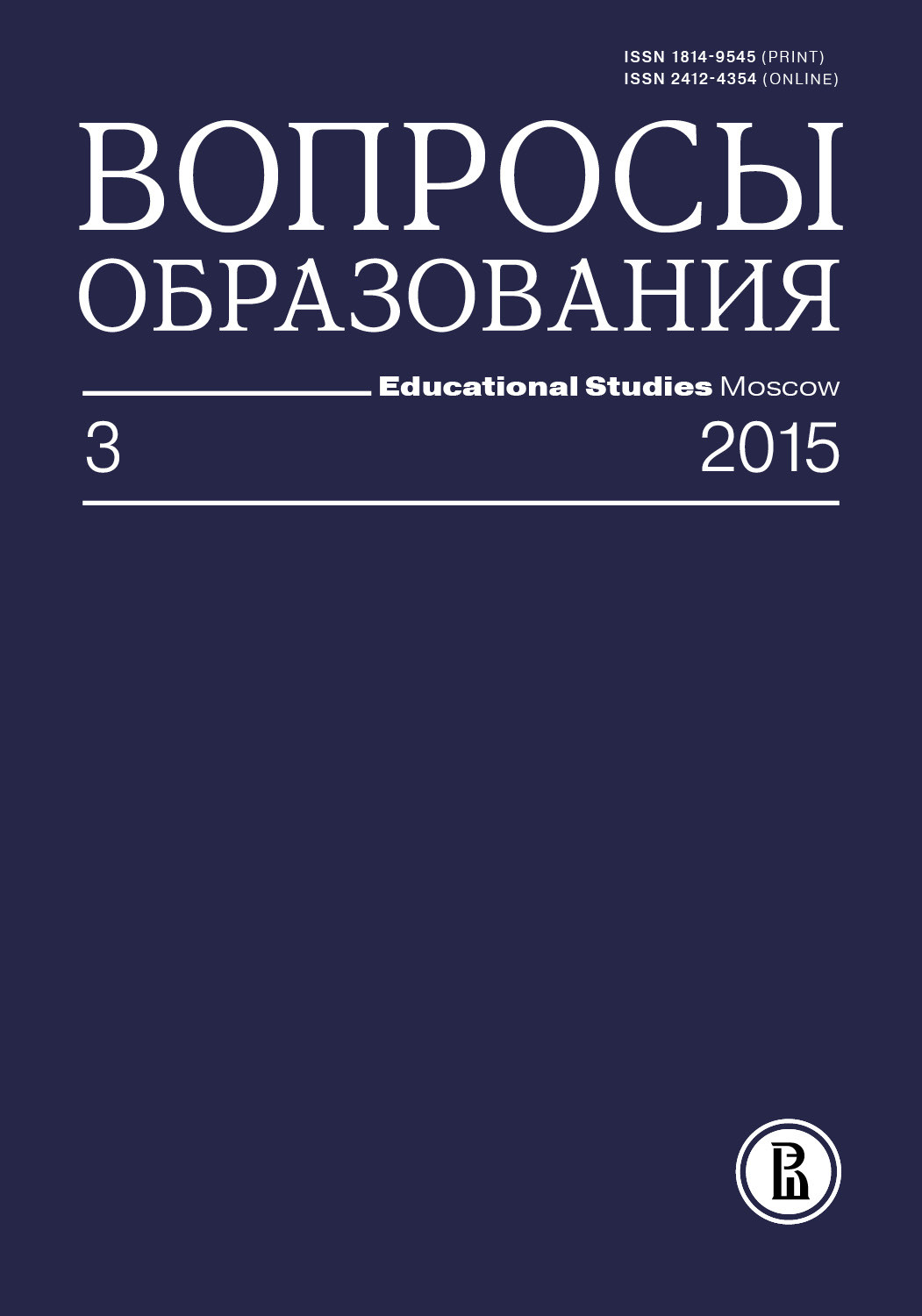Советский просветительский проект: ликвидация неграмотности среди взрослых в 1920–1930‑е годы
Аннотация
Анализируются этапы, организация и средства осуществления советской кампании по ликвидации неграмотности среди взрослых, проводившейся в 1920–1930‑е годы. Сопоставление просветительских и идеологических аспектов этой кампании позволяет увидеть, насколько они были взаимосвязаны и как способствовали формированию новых культурных практик. Исследуя методические документы и декреты советской власти, а также прессу, методические пособия и буквари, автор показывает, что в ходе кампании целые слои населения не только учились читать и писать, но и осваивали (и отчасти сами формировали) новый «советский язык» для коммуникации с властью и для того, чтобы, манипулируя официальными понятиями и терминами, добиваться реализации собственных целей.








